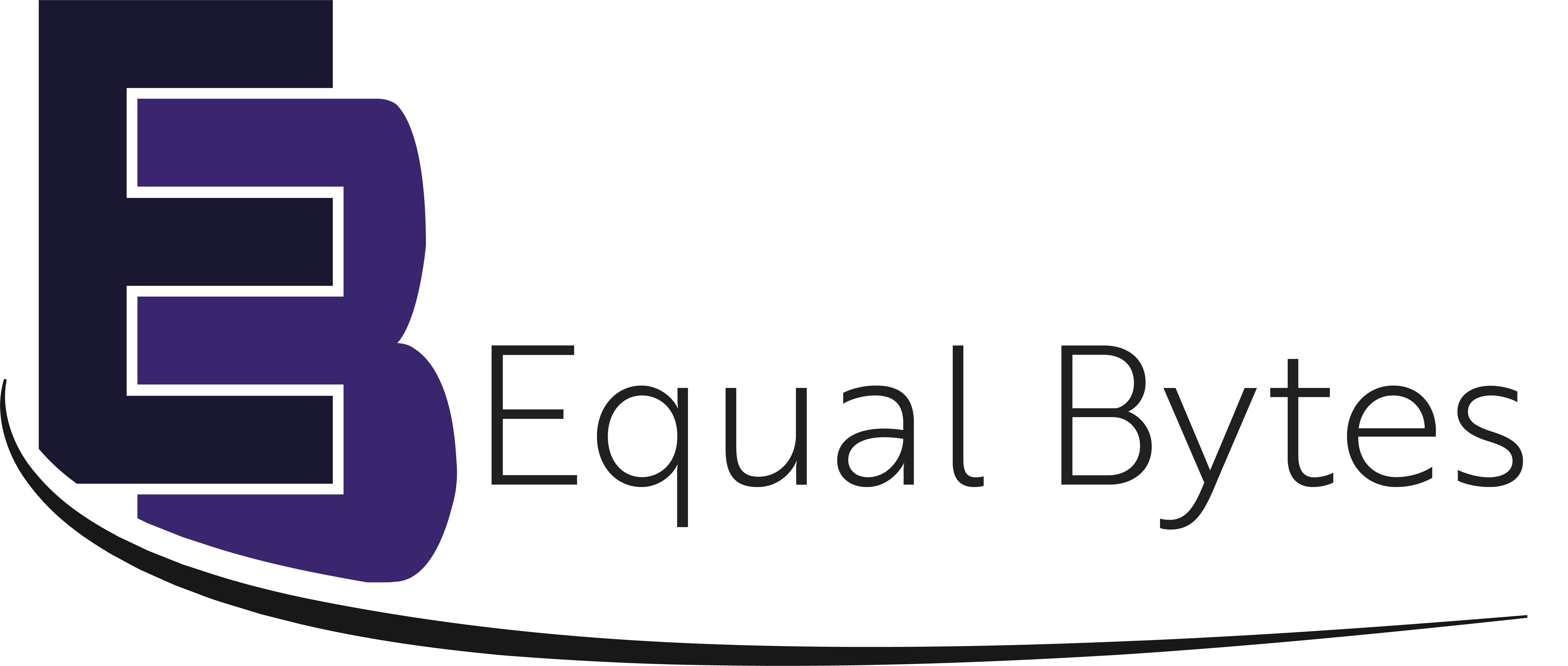Creating a Compelling Business Case Story
A good business case tells a story of a problem that needs solving. Isn’t that what we’re out to accomplish when we pitch a new business case to the decision makers in our company?
Your business case story needs to appeal to different perspectives, should be compelling and convincing no matter who your audience is.
So how do you start?
Well, our Business Case Framework is a powerful model that asks very simple questions. It is designed to change thinking and takes you through a process to understand the problem, the options to solve the problem and how to realise the benefits.
These come together to create a very powerful story.
In summary, the Framework takes you down an investment journey by finding out:

- What is the actual problem?
- What is the evidence that the problem exists?
- What are the benefits of solving the problem and do we need to solve it now?
- How are the benefits going to be measured?
- What are the interventions to address the problem?
- What is the best option (combination of interventions)?
- Can the solution be delivered within the time and budget constraints?
The following is a summary of the Framework.

As key aspect of the business case and one often overlooked are the benefits and how these can be recorded, tracked and realised or delivered.
In our experience, the benefits should be front and centre to all aspects of the business case development and for the corresponding projects that are undertaken to deliver the business case.
Too often we see benefits that are not relayed to the project team and not considered as part of change management. The project team, whilst delivering on scope and functionality etc are unaware of the benefits and therefore unclear if the project will actually deliver them.
The benefits must drive the solution rather than the solution defining what is achievable. This focus on delivering benefits is the IMS’ critical point of difference.
It is not enough, however, just to identify benefits but to also specify how the benefits will be measured and to establish baselines and targets for these measures.
The following is a high-level process to determine benefits:

Benefits can be defined as:
- Financial – defined and measured in financial terms. Eg:
- Increased revenue from additional sales or price increases
- Non-Financial – defined and measured first in non-financial terms. Eg:
- Customer experience/satisfaction – this can lead to additional revenue & profit but is, in itself, a non-financial benefit
- Quantifiable – ones that can be measured. Eg:
- Increased customer satisfaction by 15%
- Non-Quantifiable – ones that cannot be (or it may be too costly to be) quantified Eg:
- Reduced time to handle applications (for this particular example, it is theoretically possible to measure the time before and after the change but the amount of time and effort required to do so outweighs the benefit)
At Equal Bytes we specialise in developing business case or investment cases for clients.
We use a number of techniques to:
- Determine the actual problem e.g. root cause analysis
- Identify the data or evidence that supports the root cause
- Assist to determine if your organisation needs to solve the problem – usually by considering the investment required against all other project/problems your business faces
- Use a financial and non-financial cost-benefit analysis to determine the best mix of interventions to address the problem
- Assist with project and change management to deliver the solution
- Monitor benefits throughout the life of the business case
For more information or a discussion please contact Equal Bytes.




No responses yet